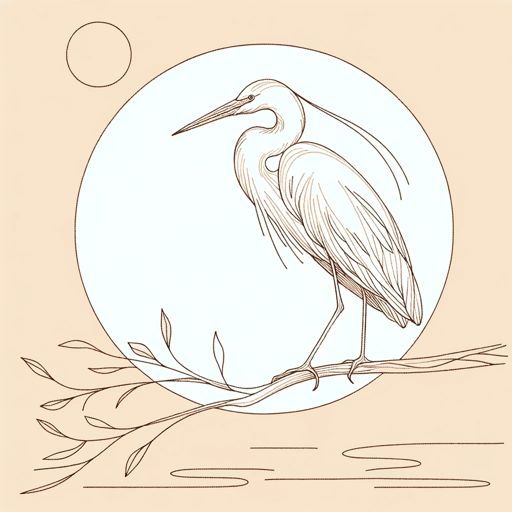32 pages • 1 hour read
Sarah Orne JewettA White Heron
Fiction | Short Story | Adult | Published in 1886A modern alternative to SparkNotes and CliffsNotes, SuperSummary offers high-quality Study Guides with detailed chapter summaries and analysis of major themes, characters, and more.
Literary Devices
Personification
Personification is a literary technique that endows non-human subjects with human characteristics, a device that Jewett uses often. Sylvia considers not only the farm animals, but the wild creatures of the woods, to be her friends.
Mistress Moolly the cow is personified by giving her human characteristics of seeking “pleasure” by running away and the intelligence to “hide herself away among the high huckleberry bushes” and not move because “she had made the discovery that if one stood perfectly still [her bell] would not ring” (669). Mistress Moolly is also referred to as Sylvia’s “valued companion” (669), viewed not just as an animal but as a close friend. The cow has a personality, and she acts according to it; she has wants, needs, and quirks like humans, shown when she walks home with Sylvia quickly because she’s “quite ready to be milked” (669). Sylvia also feels greatly for Mistress Moolly and the farm animals.
Sylvia understands squirrels, birds, farm animals, plants, and other creatures by spending time with them. Thus, her friends are described with various personifications. Bird whistles are “friendly,” “birds and beasts” (670) say good night, and a hop-toad wishes to “get to its hole under the door-step” but is blocked by human bodies (674).


